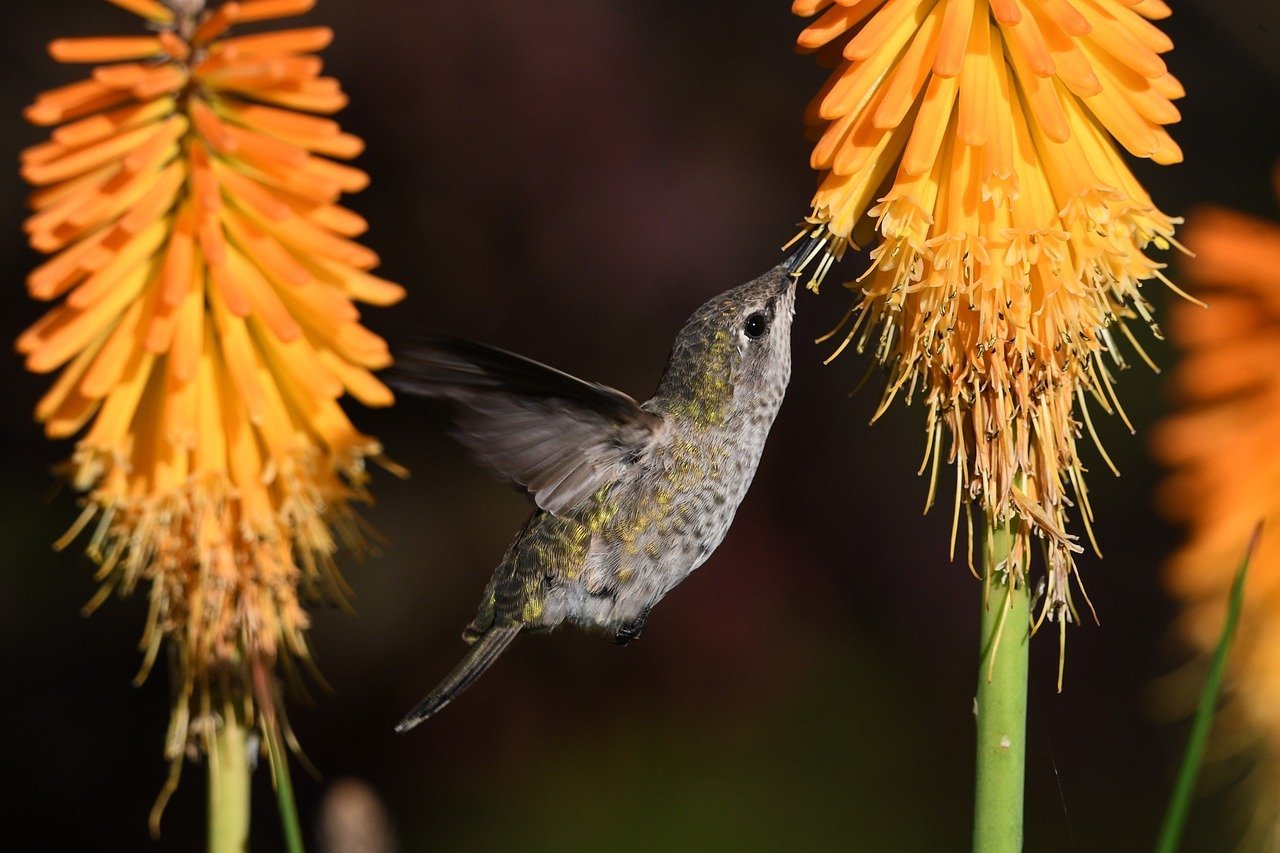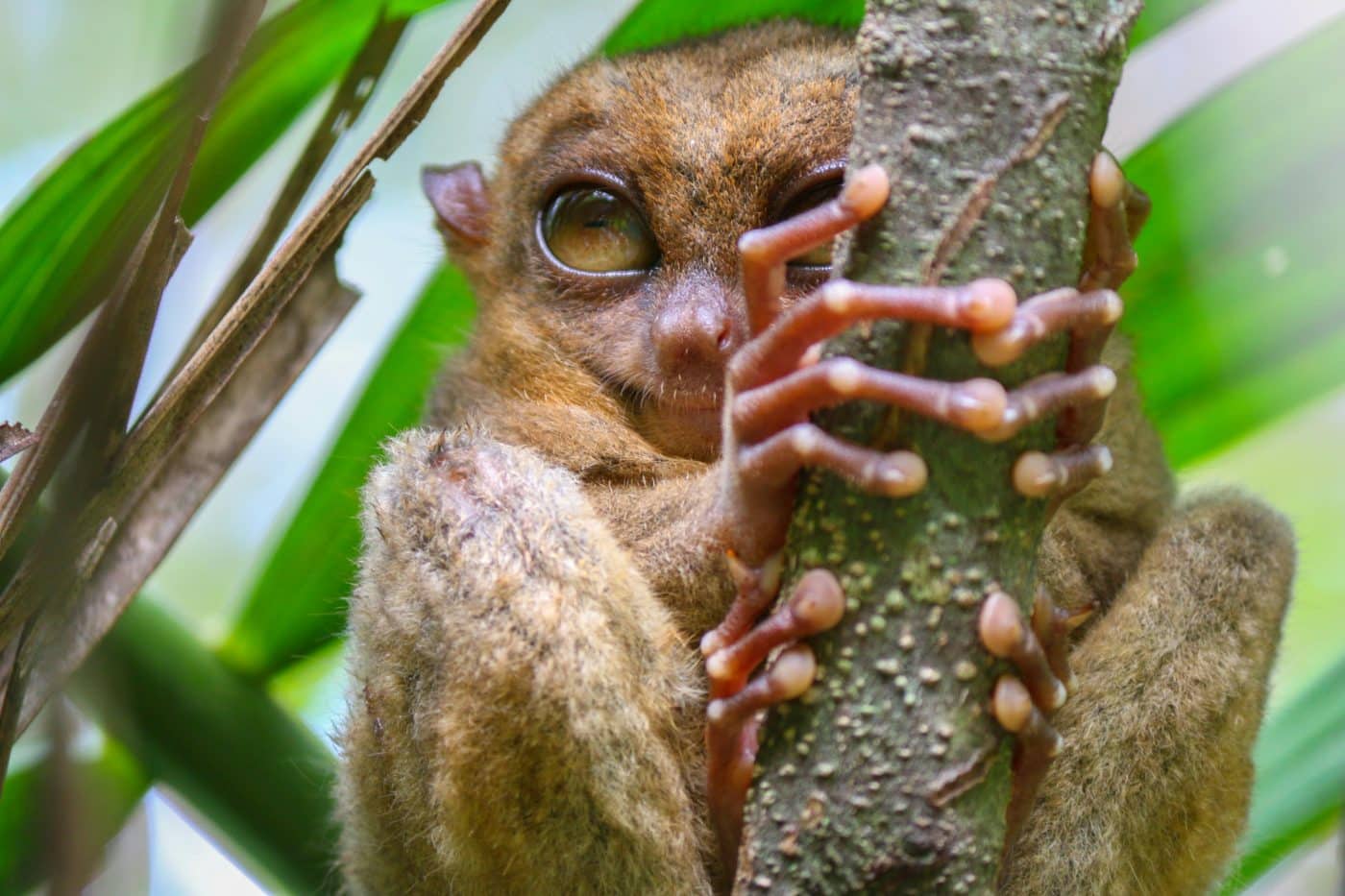Physical Address
304 North Cardinal St.
Dorchester Center, MA 02124
Physical Address
304 North Cardinal St.
Dorchester Center, MA 02124

 Shutterstock
Shutterstock
Wildlife often surprises us with the glory, but a number of attractive animals in nature are so small they can fit in the palm of your hands. The marvels can be small in this miniature, but they have impressive adaptation, unique behavior and incredible survival strategies. From small frogs to small mammals, these animals remind us that even the smallest animals play an important role in the ecosystem they call at home. Their pint-size charm is enough to leave someone in surprise by the wonder of the natural world.
 Shutterstock
Shutterstock
Pygmy Marmoset, often known as “finger monkey”, is the smallest monkey in the world. Weighing about 3.5 ounces, this small primate measures less than six inches long, excluding the long tail. Local of the Rain Forest in South America, these adorable animals use their sharp nails to climb trees and extract their primary food source sap. Their social nature and high-pitched voices make them fascinating to observe them. Despite their smaller size, the pygmy marmosets are incredibly sticky, accurately jump into the branch.
 Shutterstock
Shutterstock
Hermit crabs are known for their small size and unique habits of living inside the shells. Some species are small enough to fit the child’s palate perfectly. Their anxious behavior and lively shells make them as a more attractive animal on the coast.
 Shutterstock
Shutterstock
Ants are some of the smallest and most working animals in the world. Despite their small size, ants can carry their weight manifold and live in highly organized colonies. In their small dignity, they allow them to perform tasks that significantly contribute to the ecosystem, such as the soil digests air and organic matter.
 Shutterstock
Shutterstock
The Atruskan Shru, also known as the white-to-to-to-to-be, is only 1.5 grams of weight, making it the lightest mammal in the world. Available throughout Europe, North Africa and Asia, there is a hypertensive metabolism in this shrub, it needs to eat almost body weight for daily diet. Its rapid movement and small size make it a challenging hunter to spot it, but it plays an important role in controlling insect population. The small frame of the Atruskan Shrub is filled with amazing energy and determination.
 Shutterstock
Shutterstock
Harvest mouse is one of the smallest rats, the average weighs only 6 grams. Found in the grassland and hejero, these small mammals are famous for the skill of weaving complex nests outside the grass. Its small, subtle features and significant agitation makes it the true wonder of the mammal world.
 Shutterstock
Shutterstock
There are several species of hummingbirds, bee hummingbirds are one of the smallest birds in the world. Found in the cuba, it is only 2.5 inches tall and measures less than money. Its rapid wingbeat, it allows it to rotate when the nectar is sipping and its anxious feathers turn it into a fascinating scene. Despite its size, the hummingbird is an elastic pollinator, helping to improve plants. Around them. Their gentle shocking movements imitate the pace of the leaves, adding the illusion of their invisibility.
 Shutterstock
Shutterstock
Ladibug is a small, well -known insect that easily fits on the palm of your hand. Known for the bright red shell furnished on black spots, this spirited creature is the best friend of a garden, feed on plant-destroying aphids. Despite its smaller size, ladibug adds an important contributor to the control of pests and adds a splash of color to any garden.
 Shutterstock
Shutterstock
Pygmy Sehrs, measuring only one inches in length, is a master of disguise. Indo-Pacific is found on coral walls across the coral walls, this small marine marvel perfectly mixed with its surroundings, duplicates the texture and color of the coral polyps. Its cryptic color helps to avoid hunters and make it one of the most challenging marine animals. The unique appearance and small size of the pygmy sehrs make it a favorite of divers and marine biologists.
 Shutterstock
Shutterstock
North Pigmi owl is one of the smallest species, which weighs six inches tall and about two ounces. Found in North America, this little hunter is known for its deadly victim’s skills despite its size. It spreads to small mammals, birds and insects, showing its sharp sight and precision hunting techniques. The compact size of the north Pigmi Aul and the round head gives it a favorite appearance that refers to its strong nature.
 Shutterstock
Shutterstock
Isla Escudo de Verguas, Panama, is a minor version of the mainland relatives of the mainland, the local Pygmy Three-Tode slot. Only six to seven pounds, weighing these slow dynamic mammals spend most of the time on mangrove plants. Its smaller size and decrease range makes it critically endangered species. Despite its weaknesses, the Pygmy Three-Todd is an iconic example of the evolution and adaptation of the island.
 Shutterstock
Shutterstock
Gold Mantla Frog, the native of Madagascar, a small bunch that measures only one inches in length. Its lively orange color acts as a warning for hunters about its toxic skin. Despite its bright appearance, this frog prefers to hide in the litter and leaf litter. The Golden Mantella frog striking is colorful and petite size makes it one of the most attractive minor young men.
 Shutterstock
Shutterstock
The Philippine Tarsia is a small primate of the huge eye, it is fully adapted to its nocturnal life. Measure only 3.5-6 inches in length, the insect eating marvel is one of the smallest primates in the world. Found in the Philippines forest, the capacity to jump about 180 degrees to the fascinating distances and the head of about 180 degrees makes it interesting hunter despite its petite size. Its beautiful appearance hides its intense survival instincts.
 Shutterstock
Shutterstock
The local glass frog of Central and South America is famous for its transparent skin, through which its internal organs are visible. These frogs are not larger than an inch, they make both fragile and attractive. Their semi-related appearance helps to mix them in their leaves, providing great disguise against hunters. Glass frogs, including their unique body structure and nocturnal habits, are a proof of nature’s skills.
 Shutterstock
Shutterstock
These small animals are proof of the unlimited imagination and skill of the nature of the animal. Despite their small size, they play an important role in their ecosystems from pollination to pest control. Their incredible adaptation for survival, mixing them around or rich in a harsh environment, shows their elasticity and importance. This small surprise proves that the effect is not measured by size but by their contribution to the natural world. So, the next time you face these wild animals, remember how significant and small they can be!